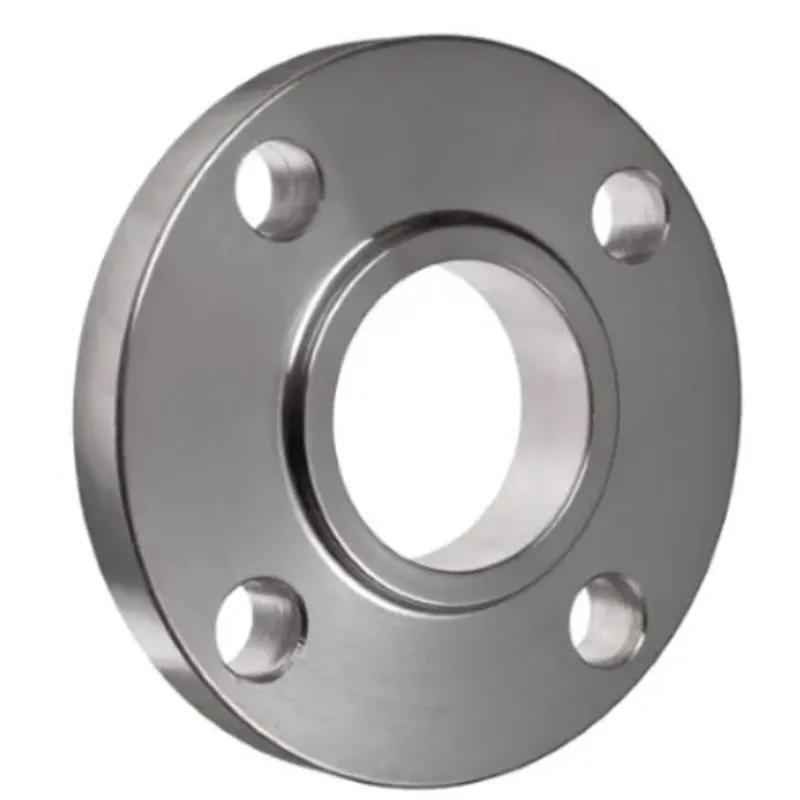-
Cangzhou Yulong Steel Co., Ltd.
-
Phone:
+86 13303177267 -
Email:
admin@ylsteelfittings.com
- English
- Arabic
- Italian
- Spanish
- Portuguese
- German
- kazakh
- Persian
- Greek
- French
- Russian
- Polish
- Thai
- Indonesian
- Vietnamese
- Zulu
- Korean
- Uzbek
- Hindi
- Serbian
- Malay
- Ukrainian
- Gujarati
- Haitian Creole
- hausa
- hawaiian
- Hebrew
- Miao
- Hungarian
- Icelandic
- igbo
- irish
- Japanese
- Javanese
- Kannada
- Khmer
- Rwandese
- Afrikaans
- Albanian
- Amharic
- Armenian
- Azerbaijani
- Basque
- Belarusian
- Bengali
- Bosnian
- Bulgarian
- Catalan
- Cebuano
- China
- China (Taiwan)
- Corsican
- Croatian
- Czech
- Danish
- Esperanto
- Estonian
- Finnish
- Frisian
- Galician
- Georgian
- Kurdish
- Kyrgyz
- Lao
- Latin
- Latvian
- Lithuanian
- Luxembourgish
- Macedonian
- Malgashi
- Malayalam
- Maltese
- Maori
- Marathi
- Mongolian
- Myanmar
- Nepali
- Norwegian
- Norwegian
- Occitan
- Pashto
- Dutch
- Punjabi
- Romanian
- Samoan
- Scottish Gaelic
- Sesotho
- Shona
- Sindhi
- Sinhala
- Slovak
- Slovenian
- Somali
- Sundanese
- Swahili
- Swedish
- Tagalog
- Tajik
- Tamil
- Tatar
- Telugu
- Turkish
- Turkmen
- Urdu
- Uighur
- Welsh
- Bantu
- Yiddish
- Yoruba

Dec . 09, 2024 21:07 Back to list
Understanding the Benefits and Applications of Pressed Flange Components in Modern Engineering
Understanding Pressed Flanges An Overview
Pressed flanges are integral components in various piping and mechanical systems. They are designed to facilitate the connection of pipes, valves, pumps, and other equipment in a way that ensures tight mechanical sealing and effective pressure management. Understanding pressed flanges, their manufacturing processes, and applications is essential for professionals in fields such as construction, manufacturing, and engineering.
What is a Pressed Flange?
A pressed flange is typically created by pressing a flat piece of material, often steel, aluminum, or other alloys, into a desired shape that includes an inner hole, a flat surface, and a raised or recessed edge. This pressing process usually involves techniques such as stamping or die-casting, which allow for rapid production while maintaining precision in dimensions. The result is a flange that can be easily fitted onto the ends of pipes or equipment.
Pressed flanges can come in various styles, including blind flanges, slip-on flanges, weld neck flanges, and threaded flanges, each serving specific purposes in various applications. The material and design of the flange can also vary, which is crucial depending on the intended application's pressure and temperature requirements.
The Manufacturing Process
The manufacturing of pressed flanges generally involves several steps
1. Material Selection The choice of material is critical, as it must be suitable for the application’s environmental conditions. Common materials include carbon steel, stainless steel, and plastic.
2. Design and Die Creation Engineers design the flange and create a die that will shape the material into the desired form. This step is crucial for ensuring that the dimensions are accurate.
3. Pressing The material is placed into the die, and a press exerts high pressure to shape the material into a flange. This process can produce large quantities of flanges in a short amount of time.
4. Finishing After pressing, flanges may undergo additional finishing processes, such as machining, to achieve tighter tolerances or surface treatments to enhance corrosion resistance.
pressed flange

5. Quality Control Each batch of pressed flanges undergoes rigorous quality control testing to ensure they meet industry standards and specifications. This might include dimensional checks, material property tests, and pressure tests.
Applications of Pressed Flanges
Pressed flanges are ubiquitous across many industries. Their primary application is in piping systems, where they are used to connect pipes securely. In industries such as oil and gas, water treatment, and chemical production, the integrity of these connections is vital, as leaks can result in severe safety hazards and economic losses.
Additionally, pressed flanges are found in HVAC systems, where they offer reliable joints for connecting ductwork. They are also essential in mechanical assemblies where components are fastened together to ensure overall system stability and functionality.
Advantages of Pressed Flanges
One of the significant advantages of pressed flanges is their cost-effectiveness. The mass production capabilities reduce the cost per unit, making them an attractive option for many applications.
Furthermore, pressed flanges can be manufactured to meet specific standards such as ASME and ISO, ensuring their compatibility and reliability in applications that require stringent safety and quality measures.
Finally, pressed flanges are known for their durability. The materials used and the manufacturing process contribute to their resistance to high pressures and temperatures, making them suitable even in demanding environments.
Conclusion
In conclusion, pressed flanges are critical components in modern piping and mechanical systems. Their design, material selection, and the manufacturing process play a vital role in ensuring the safety and efficiency of various industrial applications. As technology advances, we can expect even more innovations in flange design and manufacturing, enhancing their functionality and performance standards in the years to come. Whether in construction, manufacturing, or engineering, understanding pressed flanges is essential for anyone involved in the design and implementation of fluid and mechanical systems.
Latest news
-
ANSI 150P SS304 SO FLANGE
NewsFeb.14,2025
-
ASTM A333GR6 STEEL PIPE
NewsJan.20,2025
-
ANSI B16.5 WELDING NECK FLANGE
NewsJan.15,2026
-
ANSI B16.5 SLIP-ON FLANGE
NewsApr.19,2024
-
SABS 1123 FLANGE
NewsJan.15,2025
-
DIN86044 PLATE FLANGE
NewsApr.19,2024
-
DIN2527 BLIND FLANGE
NewsApr.12,2024
-
JIS B2311 Butt-Welding Fittings LR/SR 45°/90° /180°Seamless/Weld
NewsApr.23,2024











